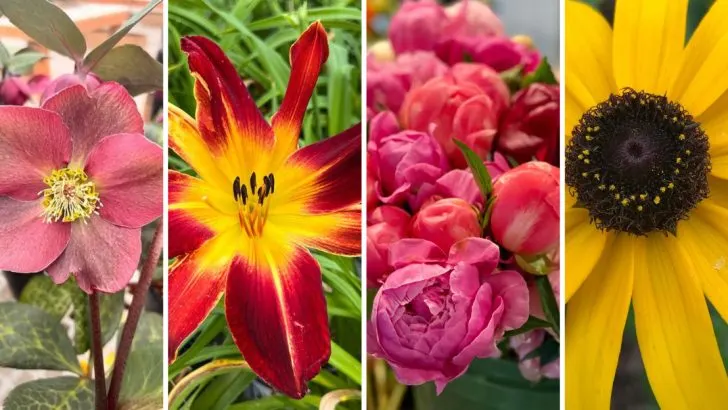Winter storms can wreak havoc on gardens, but some resilient perennials are built to bounce back and thrive despite the harshest conditions.
These hardy plants not only survive freezing temperatures and heavy snow but also return stronger and more vibrant each year. Whether you’re looking to add beauty, reliability, or both to your landscape, these 15 perennials are perfect for withstanding winter’s worst and bringing your garden to life come spring.
Hellebores
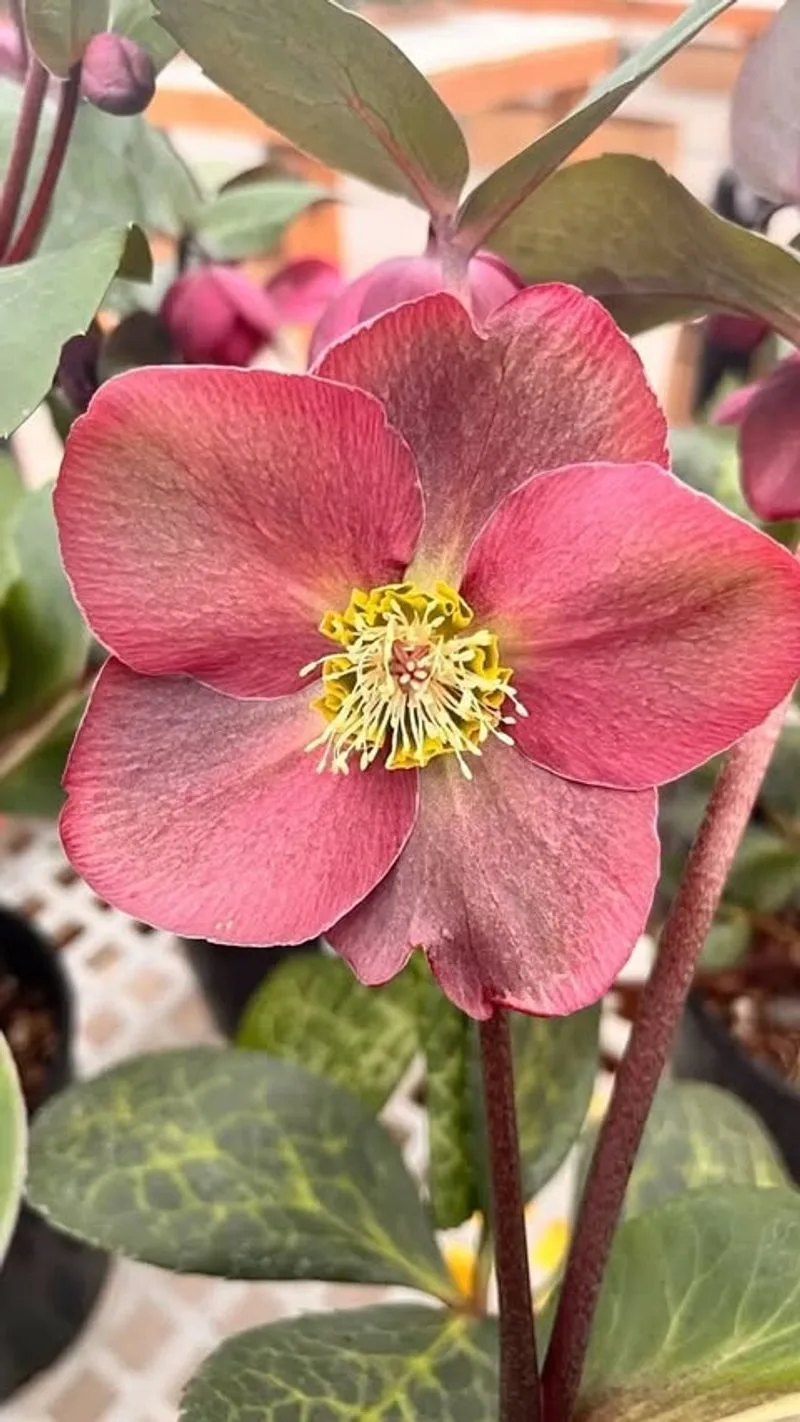
Known for their winter blooms, Hellebores defy the cold with their vibrant flowers and hardy foliage. These shade-loving perennials add color to gardens when most plants are dormant. Their leathery leaves and nodding blossoms can withstand winter’s wrath, making them ideal for cold climates. Resistant to pests and diseases, they require minimal maintenance.
Plant them in well-drained soil to ensure their longevity. Come spring, they offer a delightful burst of color, signaling the start of a new season. Gardeners treasure Hellebores for their resilience and ability to brighten winter landscapes.
Daylilies
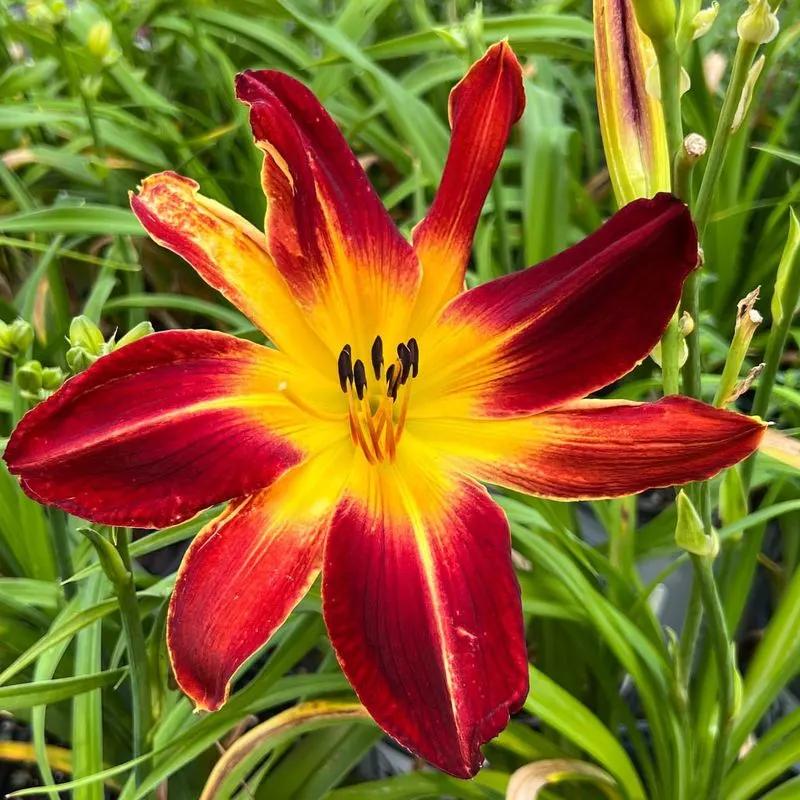
Daylilies are renowned for their resilience and ability to thrive in diverse conditions. These perennials boast a wide range of colors and bloom profusely with minimal care. Their robust root systems help them recover quickly after winter storms.
Tolerant of poor soil and varying moisture levels, they adapt well to different environments. By early summer, Daylilies burst into bloom, providing a colorful display. Ideal for novice gardeners, these low-maintenance plants continue to flourish year after year. Their adaptability and vibrant flowers make Daylilies a garden favorite.
Peonies
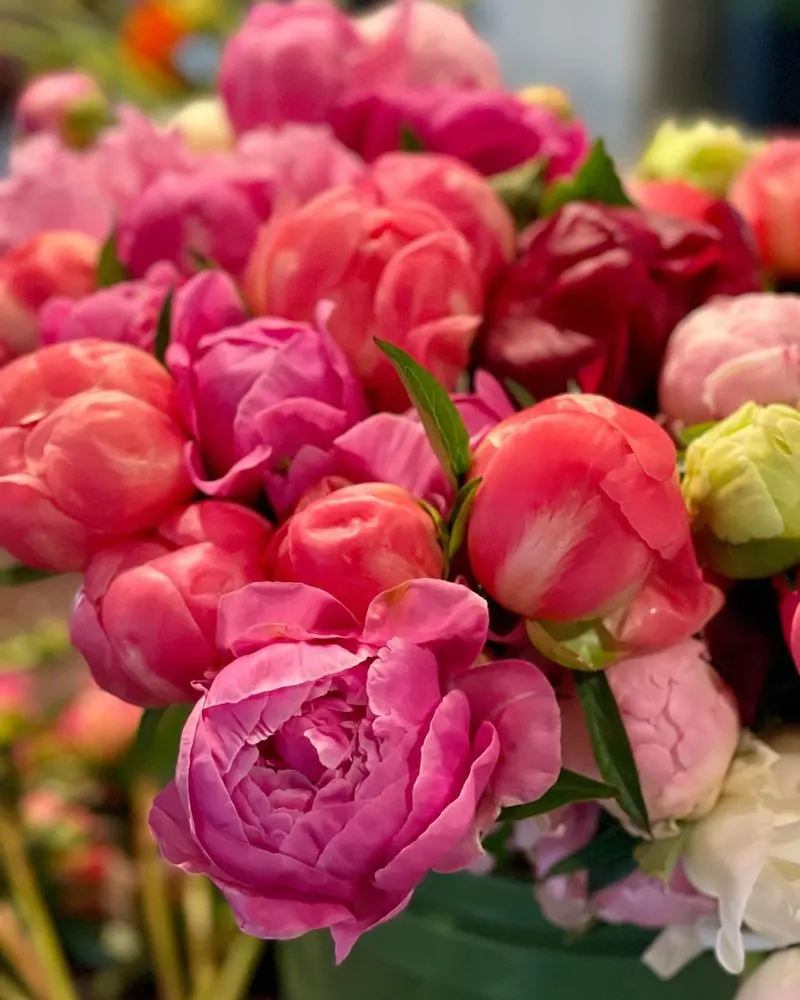
Peonies enchant gardeners with their stunning blooms and rich fragrance. These perennials are remarkably tough, enduring cold winters with ease. Their deep-rooted systems store nutrients, allowing them to bounce back in spring.
While they prefer sunny spots, Peonies tolerate some shade and thrive in well-drained soil. Each spring, they reward with large, showy flowers, making them a garden highlight. Although slow to establish, their longevity and beauty make them worth the wait. Peonies remain a cherished choice for those seeking elegance and resilience.
Hostas
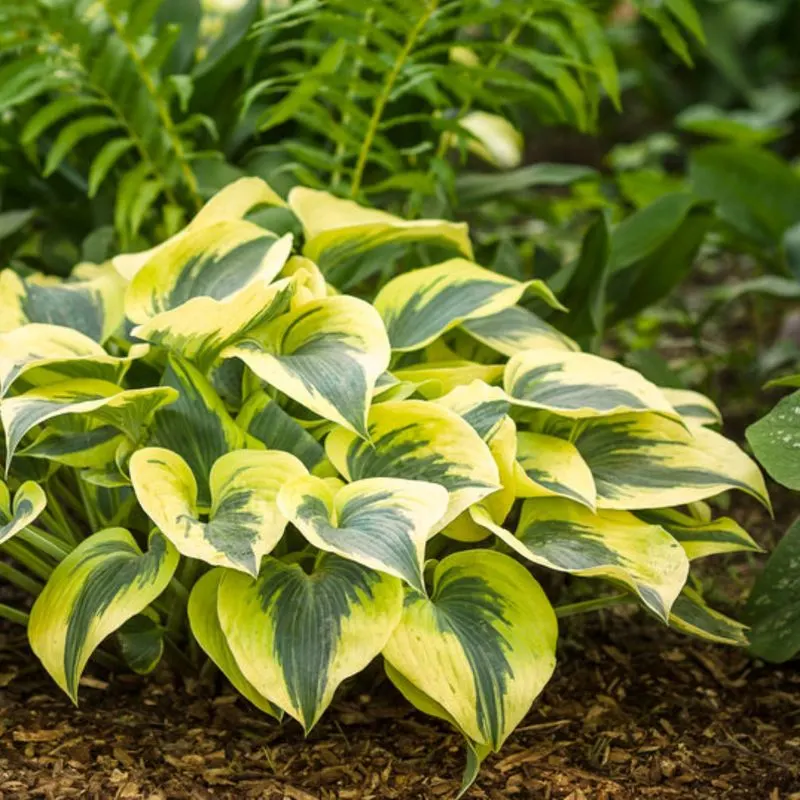
Celebrated for their lush foliage, Hostas are shade garden staples. These perennials endure winter’s chill and return each spring with vigor. Their striking leaves add texture and form to landscapes, thriving in various climates. Hostas require little attention, making them perfect for busy gardeners.
While they prefer shaded areas, they can tolerate some sun if kept moist. Their ability to withstand harsh conditions and provide ground cover makes them invaluable. Beyond their aesthetic appeal, Hostas are robust and reliable, enhancing any garden setting.
Sedum
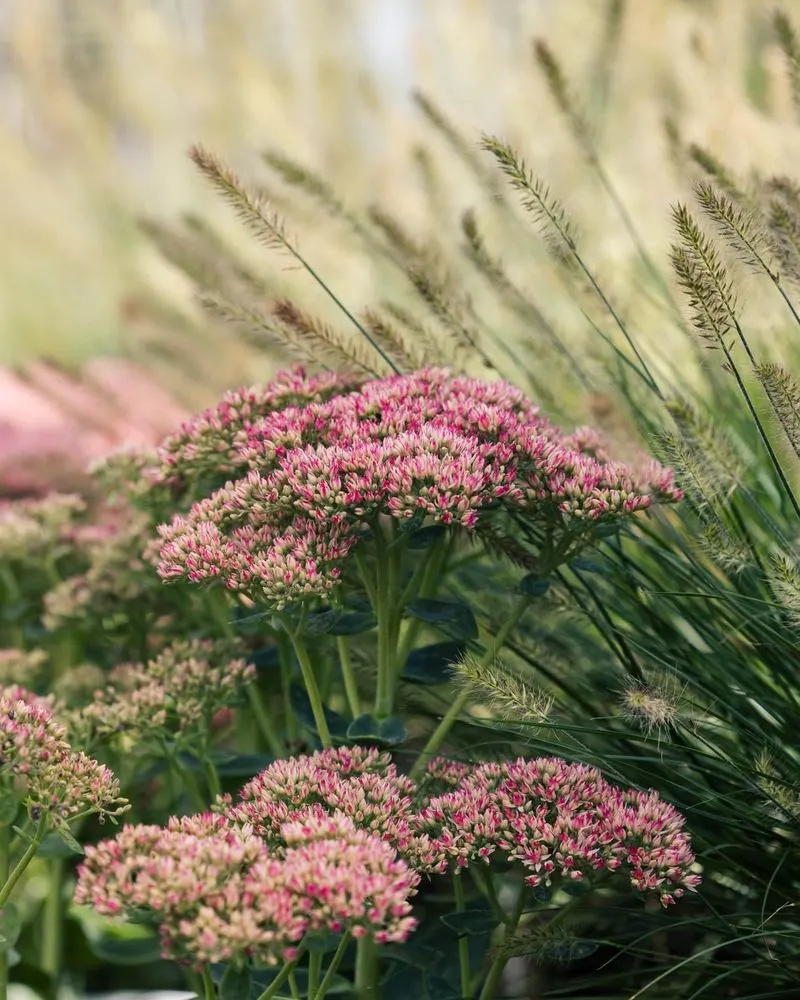
Sedum, known for its succulent-like leaves, thrives in tough conditions. These perennials are drought-tolerant and recover swiftly after winter storms. Their thick leaves store water, ensuring survival during dry spells.
Sedum adapts to various soil types, needing minimal care. In late summer, they produce clusters of tiny flowers, attracting pollinators. Perfect for rock gardens or borders, Sedum’s resilience is unmatched. Its low-maintenance nature and ability to thrive in challenging environments make it a popular choice. Sedum offers year-round texture and interest to gardens.
Lavender
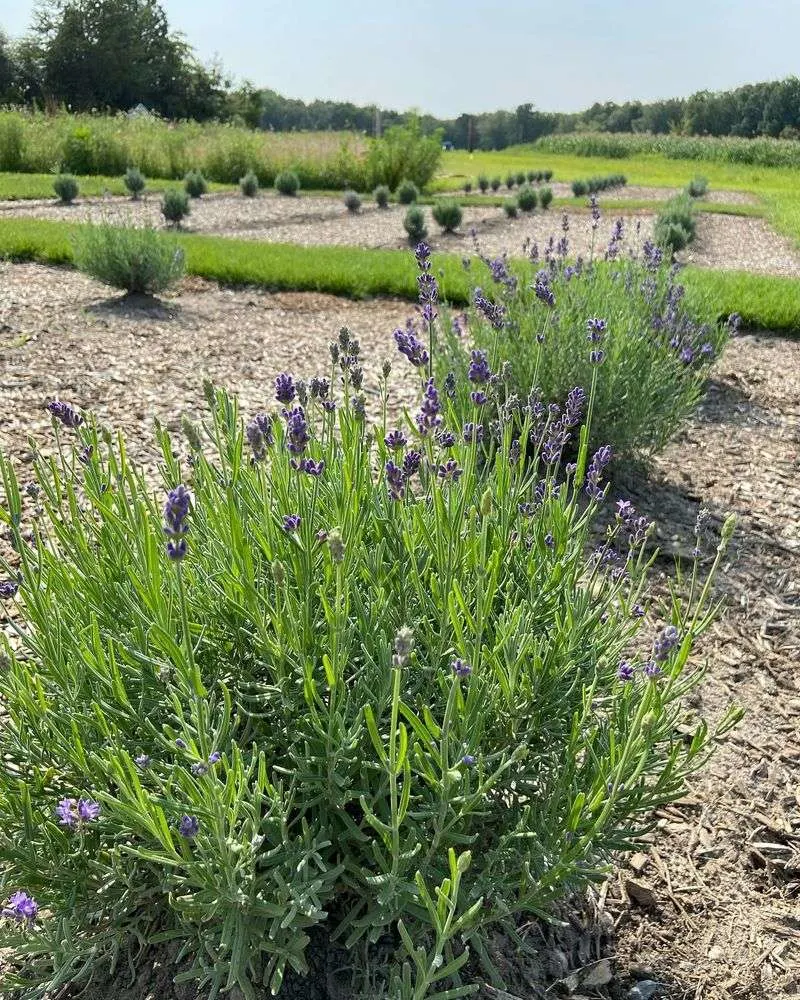
Lavender captivates with its soothing fragrance and silvery foliage. This perennial is hardy, enduring cold snaps and bouncing back in spring. Preferring full sun and well-drained soil, Lavender thrives in various settings. Its fragrant flowers bloom in summer, attracting bees and butterflies.
Lavender’s drought resistance and minimal care requirements make it a favorite among gardeners. Ideal for borders or herb gardens, it adds color and fragrance. Beyond its beauty, Lavender’s resilience makes it a valuable addition to gardens, offering both visual and sensory appeal.
Black-eyed Susan
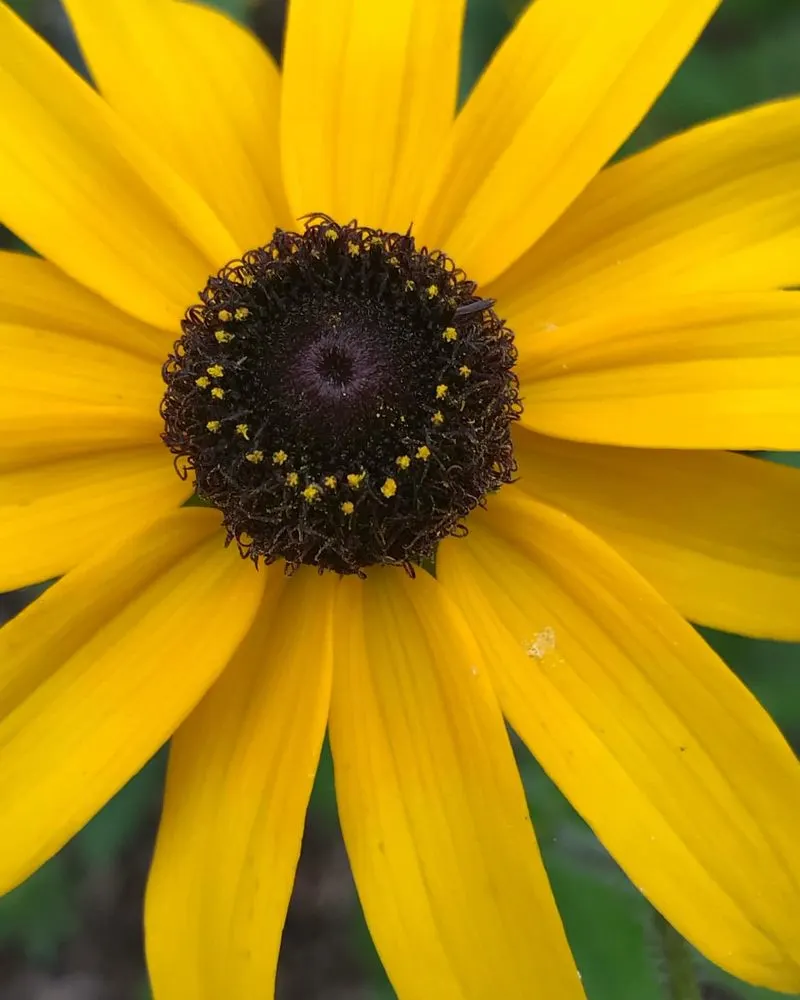
Black-eyed Susans are renowned for their cheerful blooms and hardiness. These perennials withstand harsh winters, returning each year with vibrant yellow flowers. Their deep roots anchor them firmly, aiding recovery after storms. Adaptable to various soil types, they thrive in full sun and require little maintenance. Come summer, they create a sea of yellow, drawing in pollinators.
Their bold color and resilience make them a garden staple. Black-eyed Susans are perfect for naturalizing areas, adding brightness and life to garden spaces.
Bee Balm
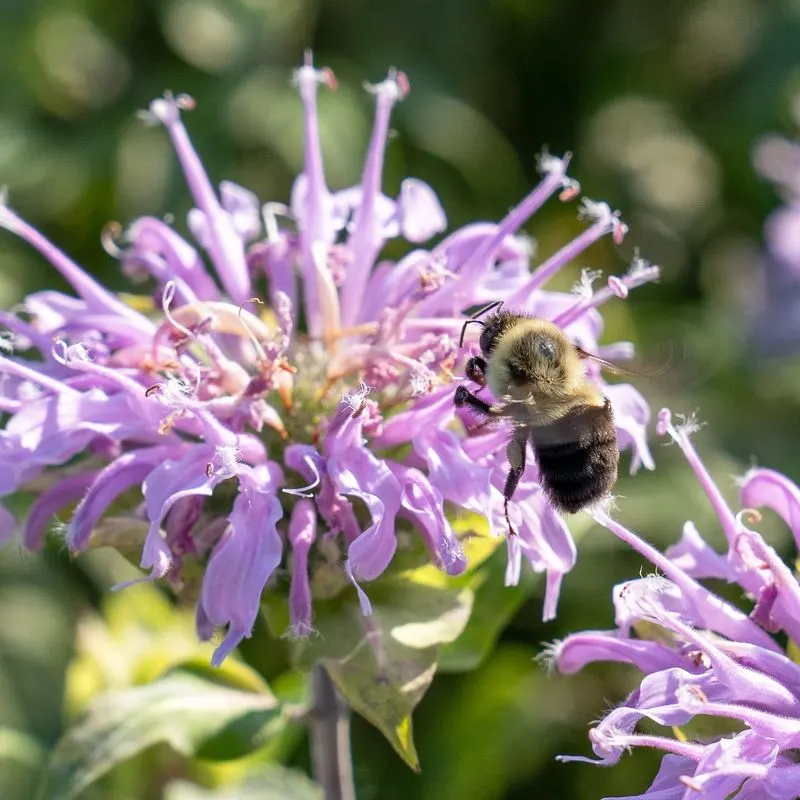
Bee Balm is prized for its vibrant blooms and aromatic foliage. This perennial is frost-tolerant, quickly bouncing back after winter’s end. It prefers sunny spots and moist, well-drained soil, thriving in various conditions. In summer, Bee Balm attracts hummingbirds and butterflies with its tubular flowers.
Its resilience and striking appearance make it a garden favorite. Bee Balm’s ability to adapt and flourish with minimal care adds to its charm. This perennial offers both beauty and ecological benefits, enhancing garden biodiversity.
Coneflower
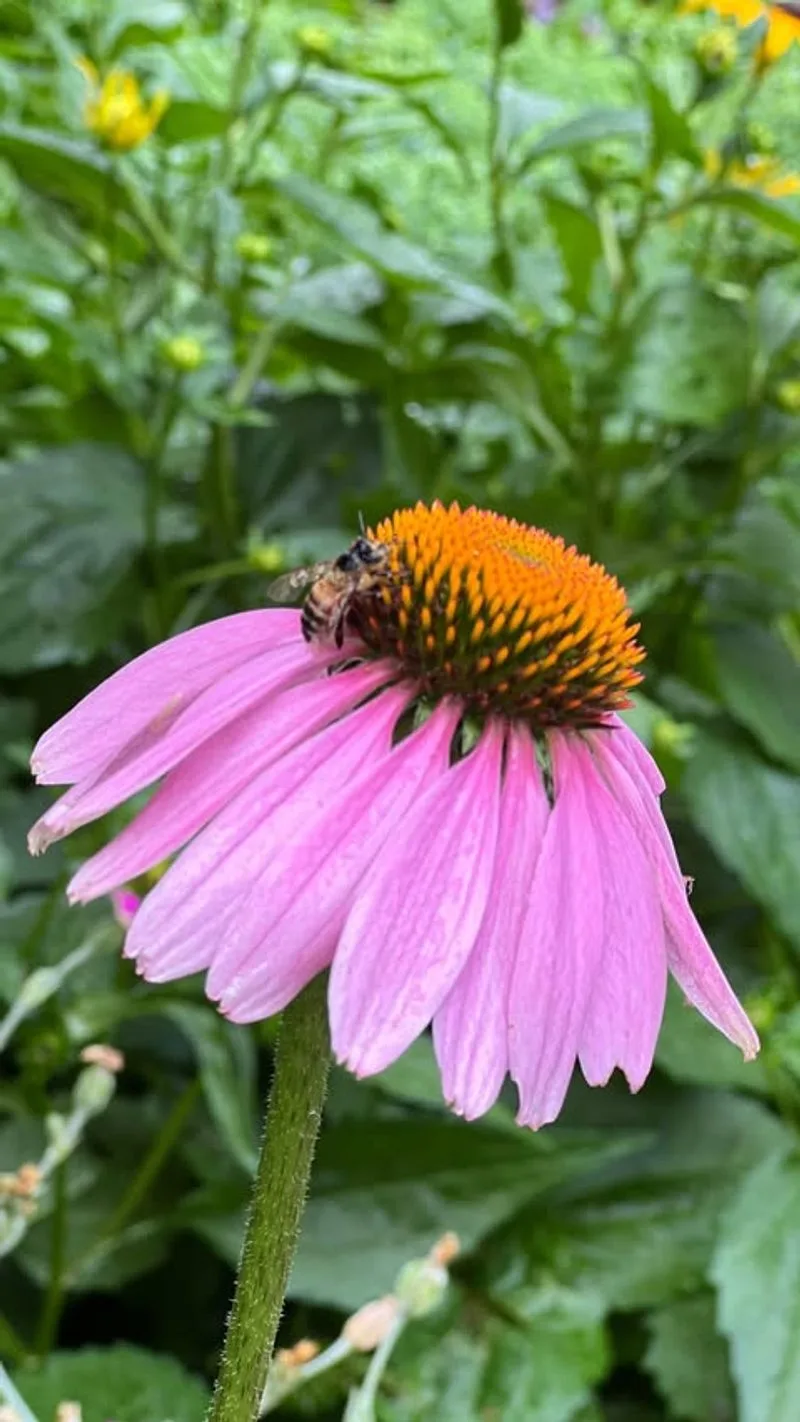
Coneflowers are beloved for their daisy-like blooms and rugged nature. These perennials endure winter cold, returning each year with vibrant displays. Their deep taproots store nutrients, allowing swift recovery. Coneflowers prefer sunny locations and well-drained soil, making them versatile garden additions. In summer, they burst with color, attracting pollinators.
Their drought tolerance and minimal care needs make them ideal for busy gardeners. Coneflowers’ resilience and beauty ensure they remain a popular choice for enhancing garden landscapes.
Yarrow
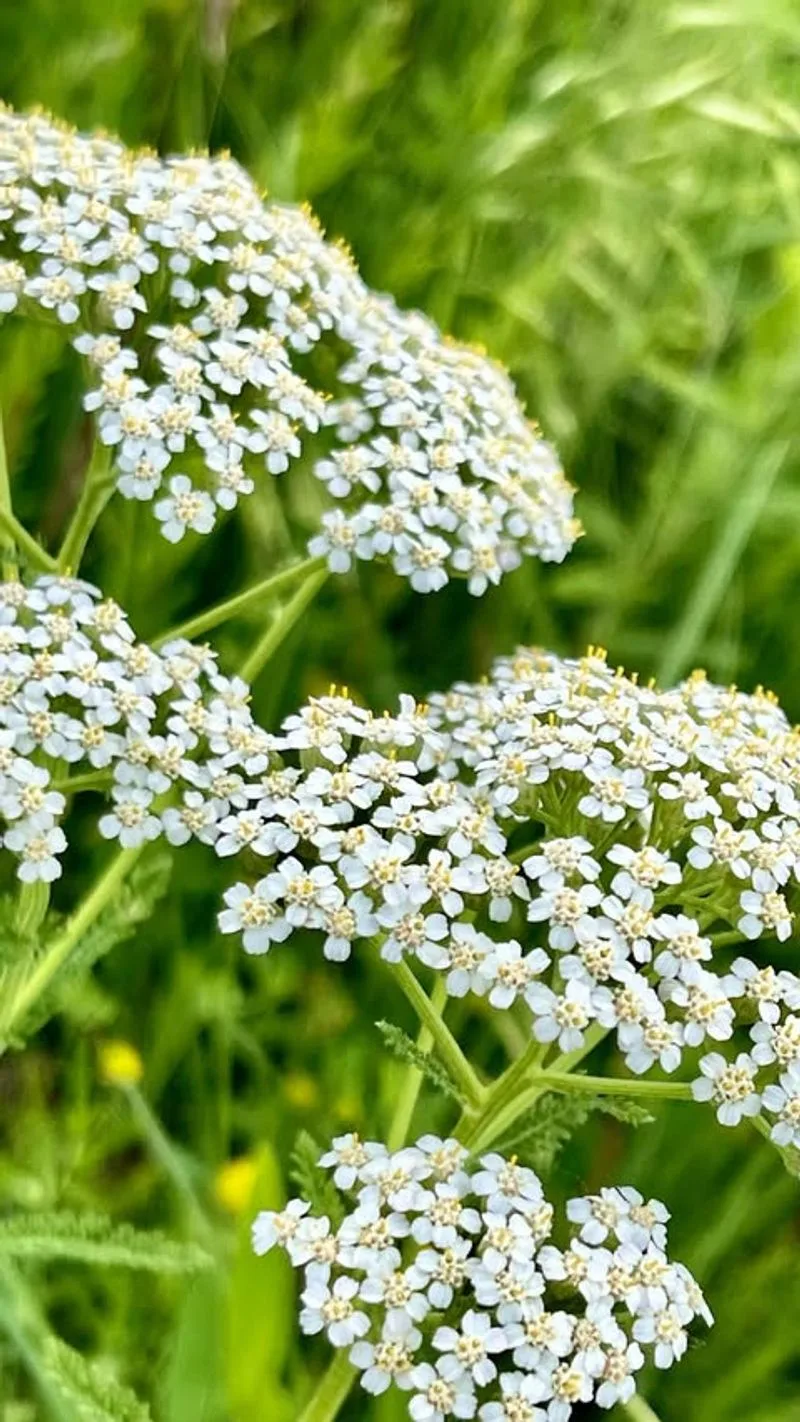
Yarrow is celebrated for its feathery foliage and clusters of tiny blooms. This perennial withstands winter damage, emerging each spring with vitality. Adaptable to various soil types, Yarrow thrives in full sun or partial shade. Its drought tolerance and low-maintenance nature make it easy to grow.
Throughout summer, Yarrow produces vibrant flowers, attracting beneficial insects. Ideal for borders or wildflower gardens, it adds color and texture. Yarrow’s resilience and versatility make it a valuable addition to any garden.
Astilbe
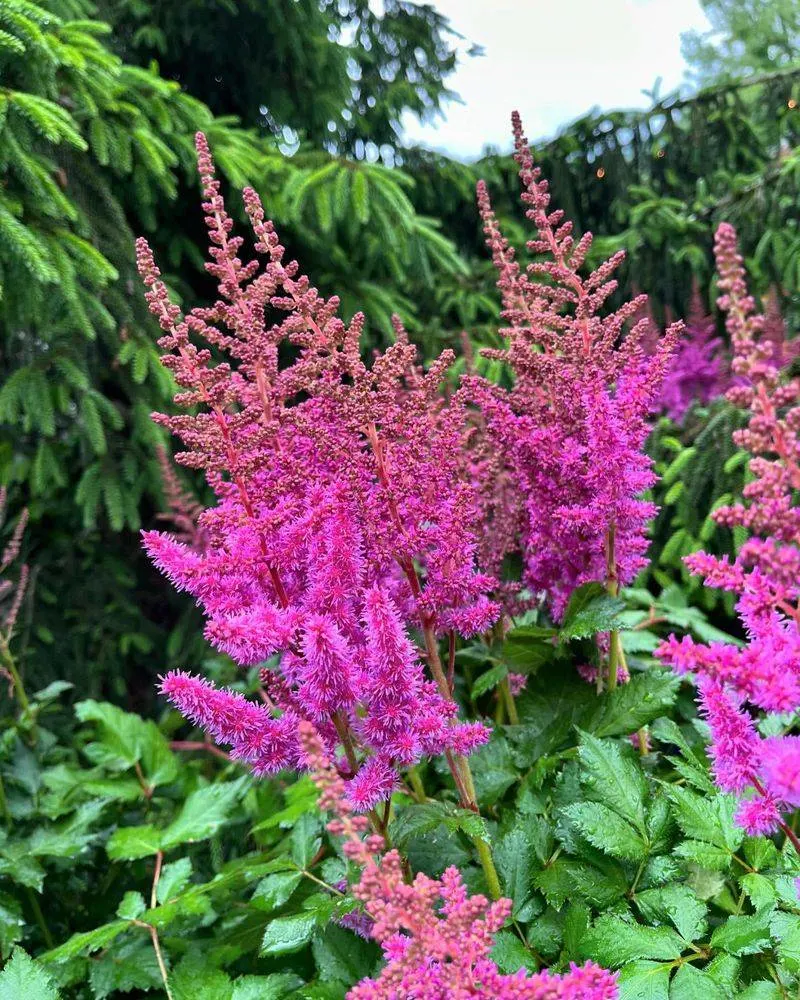
Astilbe is known for its feathery plumes and ability to thrive in shade. These perennials withstand winter’s chill and reappear each spring. Preferring moist, well-drained soil, Astilbe adds elegance to gardens. Its blooms attract pollinators, enhancing garden ecology.
Astilbe’s adaptability and minimal care requirements make it ideal for low-light areas. The striking flowers and lush foliage offer visual interest and texture. Astilbe remains a favorite for gardeners seeking beauty and resilience in shaded spaces.
Coral Bells
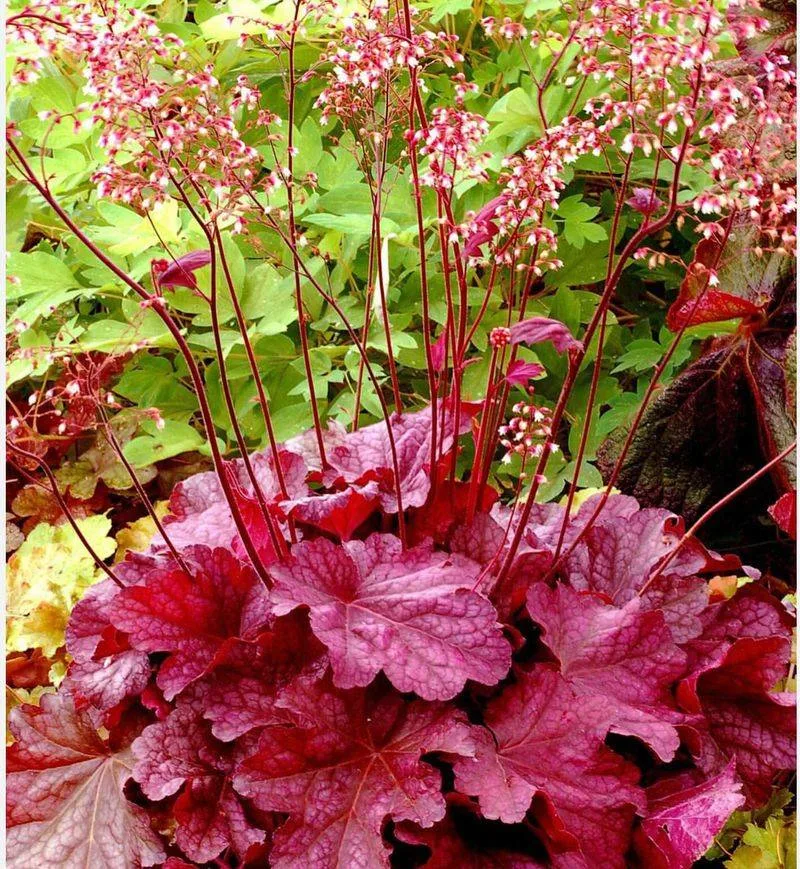
Coral Bells stand out with their colorful foliage and delicate flowers. These perennials endure winter conditions, returning with vigor in spring. They thrive in well-drained soil and prefer partial shade, adapting to various garden settings.
Their vibrant leaves provide year-round interest, while summer blooms attract pollinators. Coral Bells require little maintenance, making them perfect for busy gardeners. Their resilience and ability to enhance garden aesthetics make them a popular choice. Coral Bells offer both beauty and practicality in landscaping.
Japanese Anemone
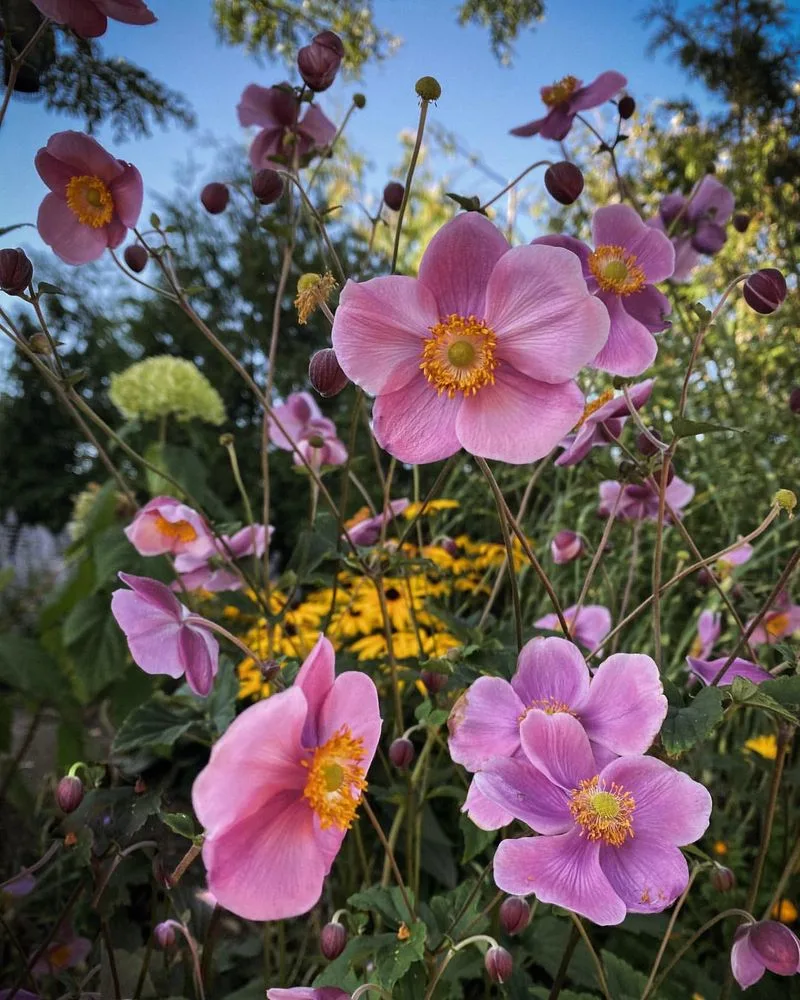
Japanese Anemones delight with their delicate flowers and robust nature. These perennials withstand winter with ease, reemerging each spring. They prefer partial shade and moist, well-drained soil, adapting to various conditions.
In late summer and autumn, they produce an abundance of blossoms, adding color to gardens. Japanese Anemones are low-maintenance, requiring minimal care once established. Their ability to thrive in challenging conditions makes them a gardener’s favorite. These elegant flowers offer long-lasting beauty and resilience, enhancing garden charm.
Russian Sage
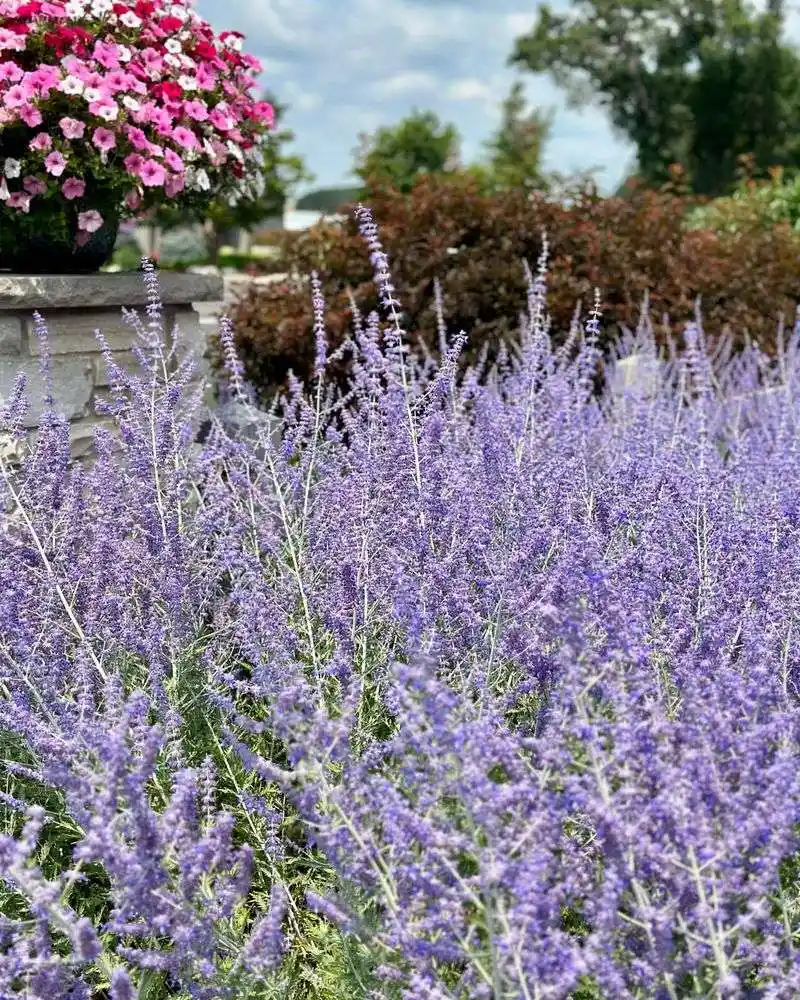
Russian Sage captivates with its silvery foliage and spires of purple flowers. This perennial is exceptionally hardy, enduring cold winters and thriving in heat. It prefers sunny spots and well-drained soil, requiring little water once established. Throughout summer, its fragrant blooms attract pollinators.
Russian Sage’s drought resistance and minimal care needs make it ideal for xeriscaping. Its striking appearance and adaptability add value to garden landscapes. Russian Sage offers both beauty and resilience, making it a cherished garden addition.
Lungwort
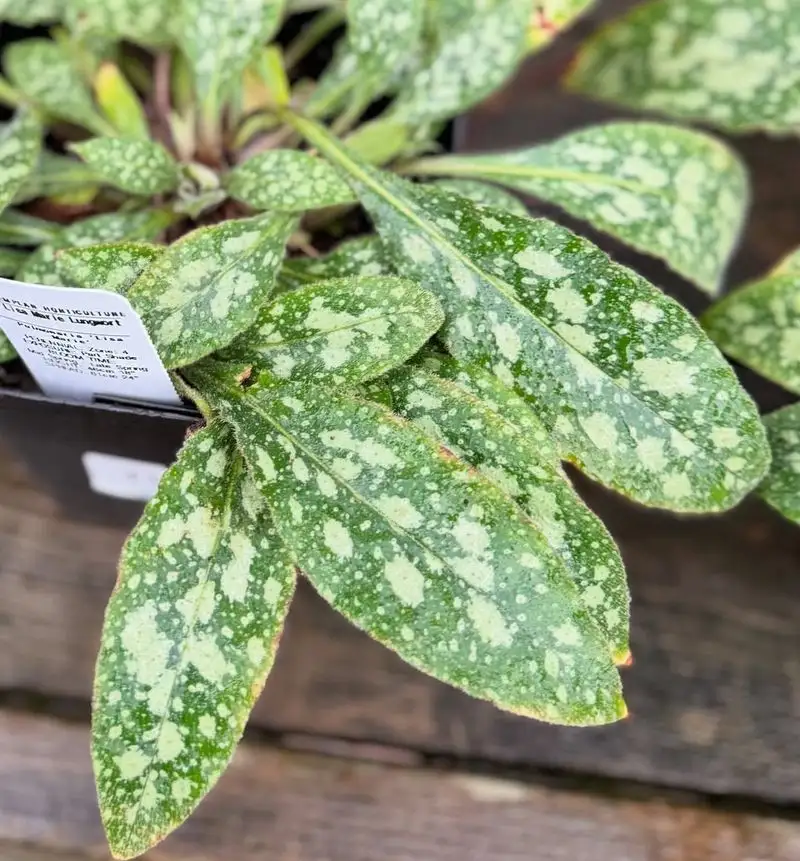
Lungwort is admired for its distinctive spotted leaves and early spring blooms. This perennial withstands winter’s harshness, returning with renewed vigor. It thrives in shaded areas with moist, well-drained soil, adding texture and interest to gardens.
Lungwort’s flowers, in shades of blue, pink, or white, attract pollinators. Its low-maintenance nature and ability to adapt to various conditions make it a reliable choice. Lungwort enriches garden biodiversity, offering both beauty and ecological benefits. Its resilience and charm make Lungwort a beloved perennial in many gardens.

